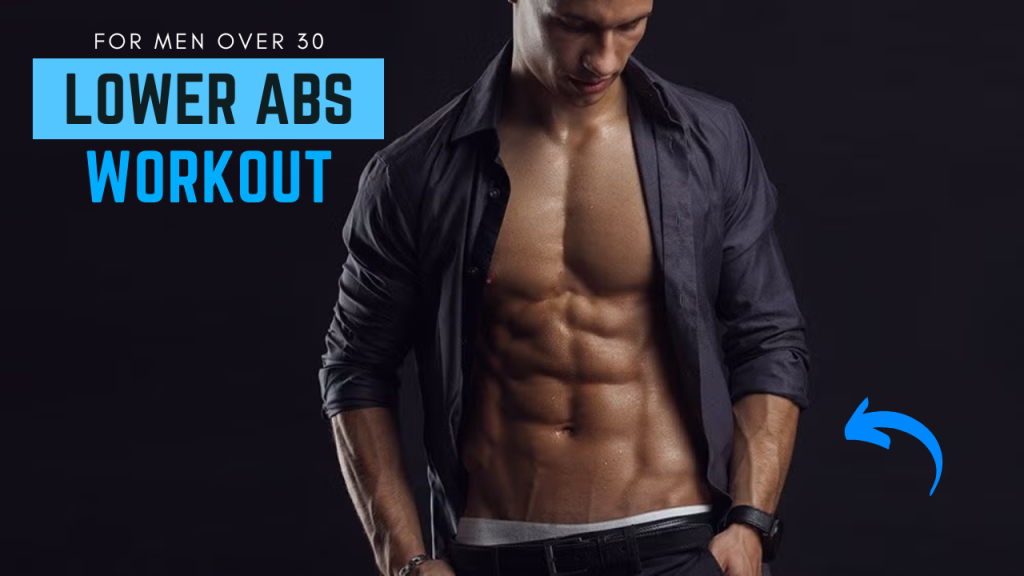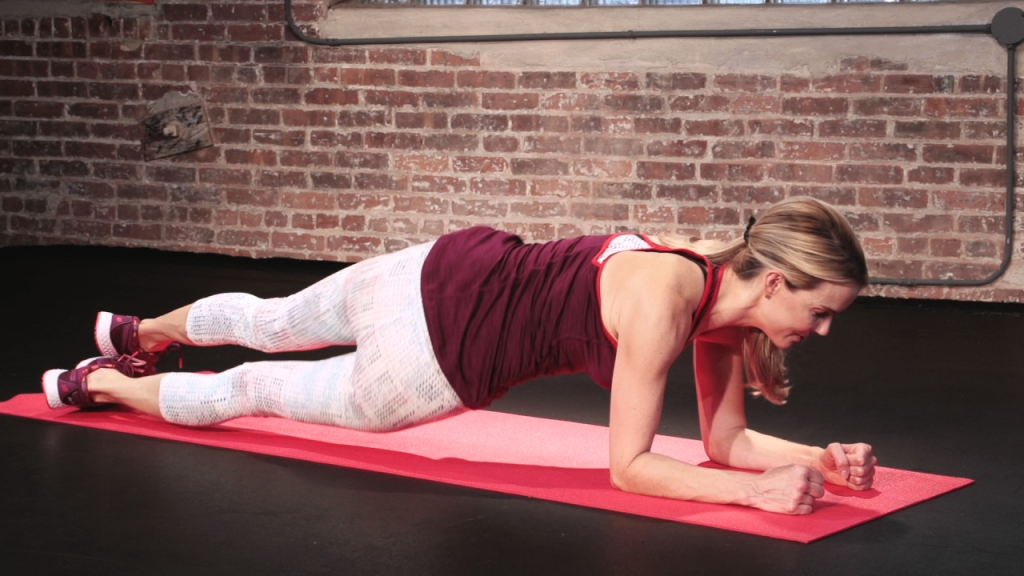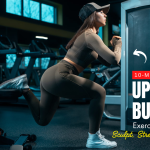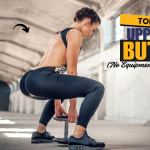Do you think crunches are the key to six-pack abs? Think again.
Most men over 30 make the mistake of hammering out endless ab exercises without understanding the science behind lower ab development—and end up spinning their wheels. Your lower abs aren’t just made in the kitchen; they’re sculpted by smart training, strategic recovery, and understanding how your body changes with age.
This guide is crafted especially for men over 30 who want to build definition in the lower abdominal region—not just torch calories, but carve strength, stability, and visual impact. Let’s break down the best lower ab workouts, age-specific tips, and little-known truths that make the difference.

What Happens After 30 Days of Lower Abs Workouts for Men Over 30
| Benefit | What to Expect |
|---|---|
| Improved Core Strength | Noticeable increase in stability and control during daily movements and workouts. |
| Better Posture | Strengthening of deep core muscles improves spinal alignment and reduces slouching. |
| Increased Muscle Tone | The lower abs begin to firm up, with improved definition under the skin. |
| Reduced Belly Bloat | Core engagement and better digestion habits can reduce bloating and water retention. |
| Lower Back Relief | Strengthened abs and better posture can ease chronic lower back pain. |
| Enhanced Mobility | Hips and lower back become more flexible due to improved core support. |
| Greater Workout Efficiency | You’ll perform compound lifts, cardio, and daily activities with better control. |
| Mind-Muscle Connection | Improved awareness and engagement of the abdominal muscles during movement. |
| Motivation Boost | Seeing progress in strength and aesthetics increases confidence and consistency. |
Why the Lower Abs Matter (And Why They’re Harder to See)
The lower abs—technically the lower portion of the rectus abdominis—are notoriously stubborn. Fat tends to accumulate here, especially in men over 30 due to a drop in testosterone, slower metabolism, and sedentary lifestyle habits.
Interesting Fact: The body stores fat differently with age. Men typically begin storing more fat around the abdomen after 30, making lower ab visibility more elusive.
But here’s the kicker—you can have strong abs that are still hidden under fat. The key is to combine targeted workouts with age-appropriate strategies for hormonal balance, mobility, and core engagement.
Common Myths About Lower Abs Training
1. Myth: You Can Spot Reduce Fat
You can’t “burn” lower belly fat by doing lower ab exercises alone. Fat loss is a full-body process, and spot reduction is a myth.
2. Myth: More Reps = Better Results
High reps don’t necessarily mean definition. Progressive overload, muscle control, and form matter much more—especially after 30 when recovery slows.
3. Myth: Crunches Are Enough
Crunches mainly target the upper abs. To hit the lower abs, you need hip flexion-based movements and core stabilizers.
Best Lower Abs Workouts for Men Over 30
The following exercises are joint-friendly, efficient, and specifically designed for men in their 30s and beyond. They require no fancy equipment and emphasize form, stability, and controlled motion.
1. Reverse Crunch
Muscle Focus: Lower abs
Why It Works: Lifts the pelvis off the floor, targeting the lower portion of the rectus abdominis.

- Lie flat with arms at your side.
- Bring your knees toward your chest, then lift your hips off the ground.
- Lower slowly—control is key.
Reps: 3 sets of 12–15
2. Lying Leg Raises
Muscle Focus: Lower abs, hip flexors
Why It Works: Engages lower abdominal muscles through hip flexion.

- Keep your hands under your hips for support.
- Raise your legs to 90°, then lower slowly without touching the ground.
Reps: 3 sets of 10–12
Pro Tip: Don’t let your lower back arch—engage the core throughout.
3. Dead Bug
Muscle Focus: Transverse abdominis, lower abs
Why It Works: Great for building deep core stability and coordination.

- Lie on your back with arms and legs in the air.
- Lower the opposite arm and leg while keeping your core engaged.
- Return to start and alternate.
Reps: 3 sets of 10 per side
4. Hanging Knee Raises (Optional with Pull-Up Bar)
Muscle Focus: Lower abs, hip flexors
Why It Works: Adds resistance via gravity, and engages core stabilizers.

- Hang from a bar.
- Bring your knees toward your chest in a controlled motion.
- Avoid swinging for best results.
Reps: 3 sets of 8–10
5. Plank with Hip Dips
Muscle Focus: Obliques and lower abs
Why It Works: Core isometric hold with added rotational stress.

- Begin in a plank position on your forearms.
- Slowly twist your hips from side to side, dipping each side toward the floor.
Duration: 3 sets of 30–40 seconds
What Changes After 30? And How to Train Smarter
After 30, muscle recovery slows, mobility decreases, and injury risk increases—especially in the lumbar spine and hips. Here’s how to adapt:
- Prioritize mobility: Stretch your hip flexors and strengthen glutes to avoid lower back strain.
- Use tempo control: Slow, deliberate reps activate muscle fibers more effectively than speed.
- Include breathing work: Many men hold their breath during ab exercises. Controlled breathing activates deeper core muscles like the diaphragm and TVA.
- Don’t overtrain: Your abs are like any other muscle. They need recovery time—train them 2–3 times per week, not daily.
Do You Know? The transverse abdominis acts like a corset around your spine. Training it properly can reduce lower back pain and improve posture.
Bonus: Lifestyle Habits That Support Lower Ab Definition
Workouts alone won’t do it. The following age-specific habits help support ab development:
- Hydration: Dehydration can lead to bloating and water retention.
- Sleep: At least 7 hours—poor sleep elevates cortisol, which promotes belly fat.
- Protein Intake: Higher protein diets help maintain lean mass while reducing fat.
- Stress Management: Chronic stress elevates cortisol and stores fat in the abdominal region.
Conclusion: Don’t Just Chase the Burn—Train for Strength and Longevity
Building visible lower abs after 30 isn’t just about vanity—it’s about strength, balance, and resilience. Don’t fall for shortcuts or outdated advice. By understanding how your body shifts with age and applying smart, focused training, you’ll create a definition that lasts longer than any fad workout.
The key? Train intentionally, recover wisely, and focus on building—not just burning.
Frequently Asked Questions (FAQs)
Can I get visible lower abs after 30?
Yes, but it requires a strategic combination of strength training, fat loss, hormonal support, and consistency. While genetics play a role, defined lower abs are achievable at any age with the right plan.
How often should I train my lower abs?
2–3 times per week is ideal. Your abdominal muscles need recovery like any other muscle group. Overtraining can lead to fatigue, reduced performance, and even injury.
Do I need to do cardio to get lower abs?
Cardio helps with fat loss, which is essential for lower ab visibility. However, it should be combined with strength training and proper nutrition for best results.
What’s the biggest mistake men over 30 make when training abs?
Focusing only on crunches or high reps without engaging the deeper core muscles. Also, ignoring posture, mobility, and diet can stall results significantly.
What’s better for lower abs—machines or bodyweight exercises?
Bodyweight exercises (like leg raises, dead bugs, and planks) often provide better engagement of the lower abs and require more core control. Machines can help, but they shouldn’t be your only focus.
Why is it harder to lose lower belly fat after 30?
Hormonal shifts (like decreased testosterone and growth hormone), a slowing metabolism, and increased stress levels can make fat loss slower. But these can be managed with a smart lifestyle and training routine.
Will doing more ab workouts burn the fat faster?
No. You can’t spot-reduce fat. Ab workouts strengthen the muscles but won’t burn fat in the belly area specifically. A combination of overall fat loss and core strengthening is key.
Are lower ab exercises bad for the back?
Not when done correctly. Poor form or weak hip flexors can cause strain. Strengthening your glutes, maintaining spinal alignment, and controlling the tempo can help prevent back pain.
Can I do these exercises at home without equipment?
Absolutely. Most of the exercises listed (reverse crunches, dead bugs, plank dips, etc.) require no equipment. A yoga mat and floor space are often enough.
How long does it take to see results?
It depends on your starting point, body fat percentage, and consistency. Some men may notice changes in 6–8 weeks, while others may take longer. The key is to stay consistent and be patient.





